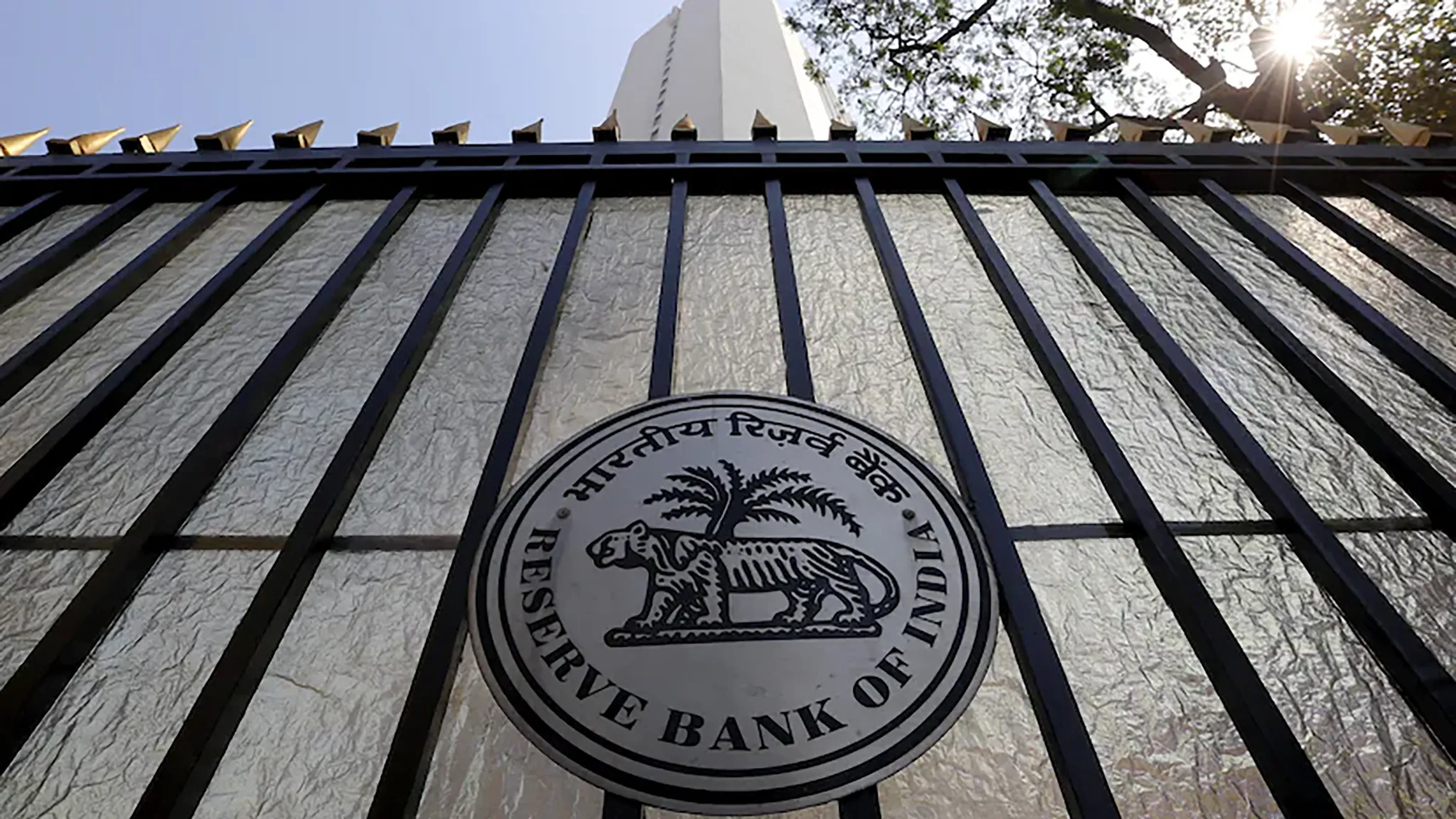The Reserve Bank of India (RBI) finds itself in a rather interesting position. Not too long ago, Governor Shaktikanta Das suggested that the Indian central bank might just chart its own course on interest rates, irrespective of what the US Federal Reserve does. This was perceived as a bold stance, especially when US Fed rate movements were still largely speculative.
US Fed Rate Cut on Horizon
Now, there’s increasing clarity. The minutes of the Federal Open Market Committee (FOMC) meeting from late July indicate a strong consensus towards rate cuts, possibly as early as September. Some members were even inclined to cut rates in July itself, although the rates were eventually held steady at 5.25-5.5 percent. This, coupled with weaker than expected US jobs data, strengthens the case for a rate cut. All eyes are now on Chairman Jerome Powell’s speech at Jackson Hole for further confirmation.
MPC’s Stance in Tight Spot
This global shift puts the RBI’s Monetary Policy Committee (MPC) in a tight spot. Historically, the Indian central bank has often mirrored the Fed’s rate actions. Furthermore, domestic voices are growing louder for rate cuts to boost growth. However, the MPC has repeatedly emphasised its commitment to achieving the 4 percent medium-term inflation target before considering any rate easing. A move to cut rates now, especially if inflation remains above target, risks undermining the MPC’s credibility.
Domestic Growth Concerns Rise
The dilemma is amplified by emerging concerns about the Indian economy. While India is projected to be the fastest-growing major economy, employment growth in the corporate sector appears sluggish. A Bank of Baroda study highlights a significant drop in employment growth for a sample of companies, from 5.7 percent in FY23 to just 1.5 percent in FY24. Reports also indicate a rise in unemployment rates, reaching 9.2 percent in June 2024. These factors, along with early caution signs in unsecured retail loans, add pressure on the RBI to consider measures that support economic activity.
Path Ahead for Rate Policy
The MPC is walking a tightrope. Ignoring global rate cues and domestic growth concerns could be seen as being overly focused on inflation, potentially stifling economic momentum. However, prematurely easing rates before sustainably achieving the inflation target carries its own risks. The coming months will be crucial in determining whether the MPC can navigate this complex situation without compromising either growth or inflation objectives.
What should businesses and investors expect? For now, a wait-and-see approach from the RBI seems most likely. The MPC will probably assess incoming inflation data, monitor global developments closely, and weigh domestic growth indicators before making any decisive moves on interest rates. The next few policy meetings will be keenly watched for any signs of a shift in stance.
Image Courtesy: X (DD News Odia)










Leave a Reply